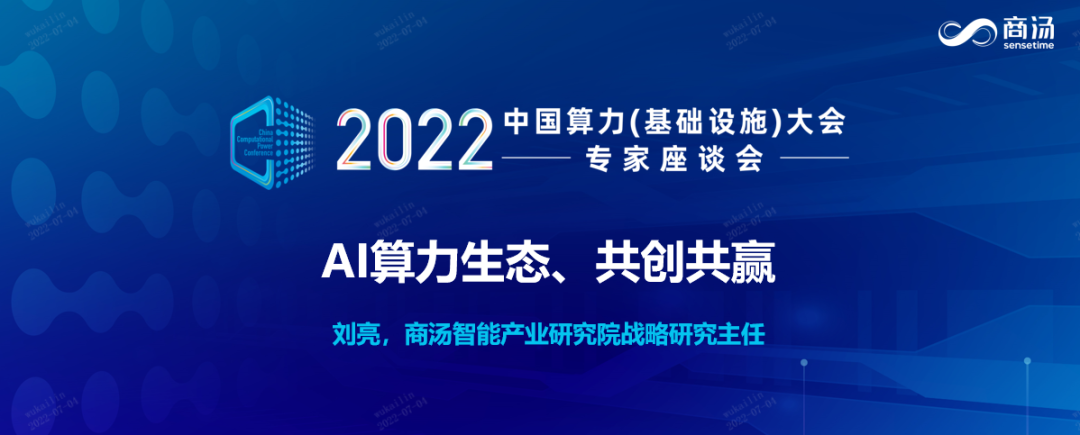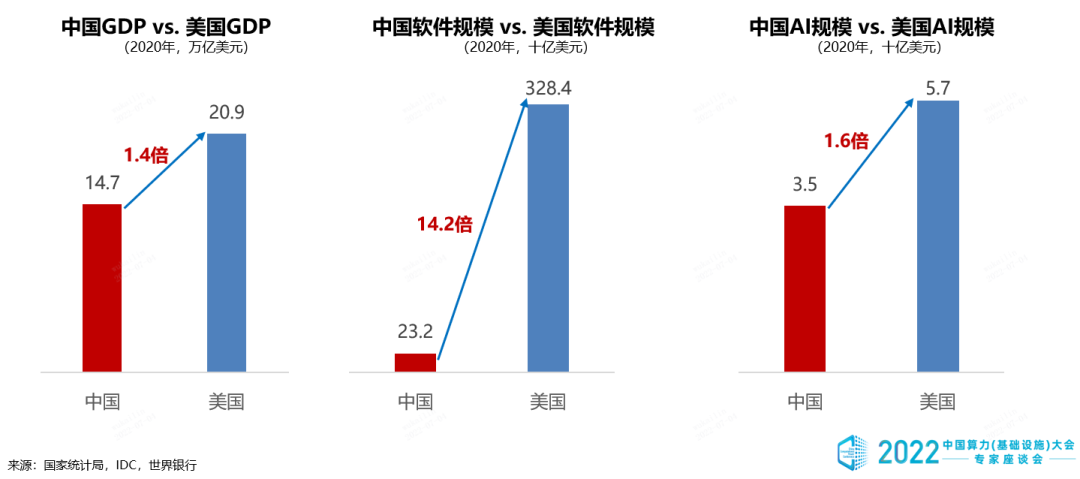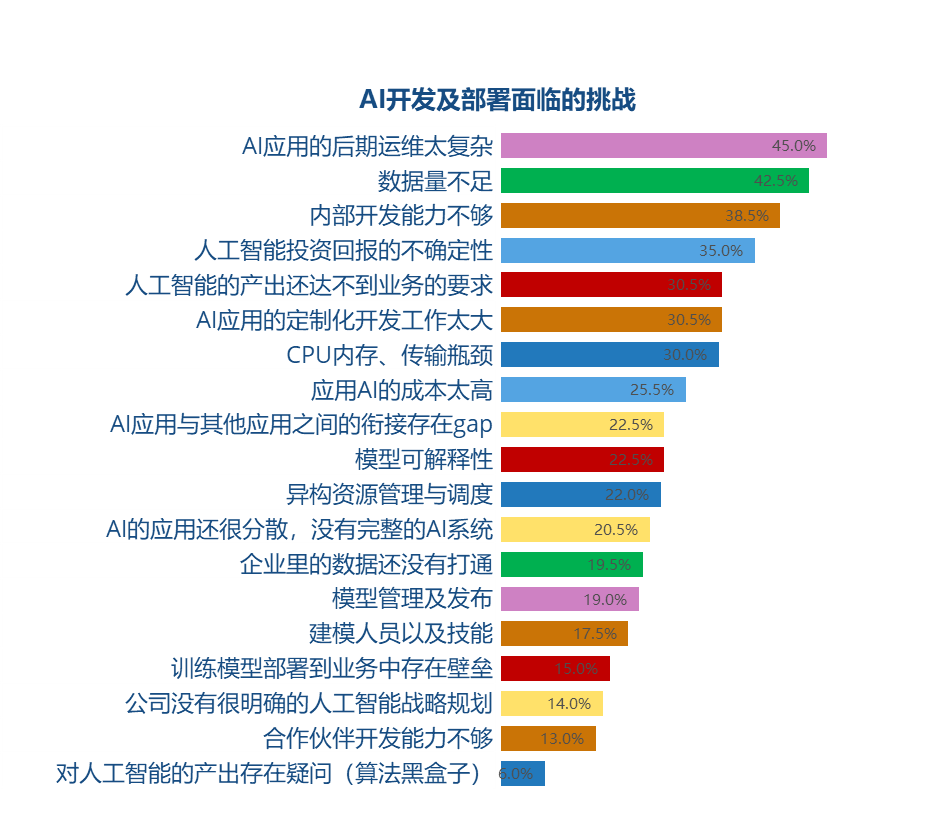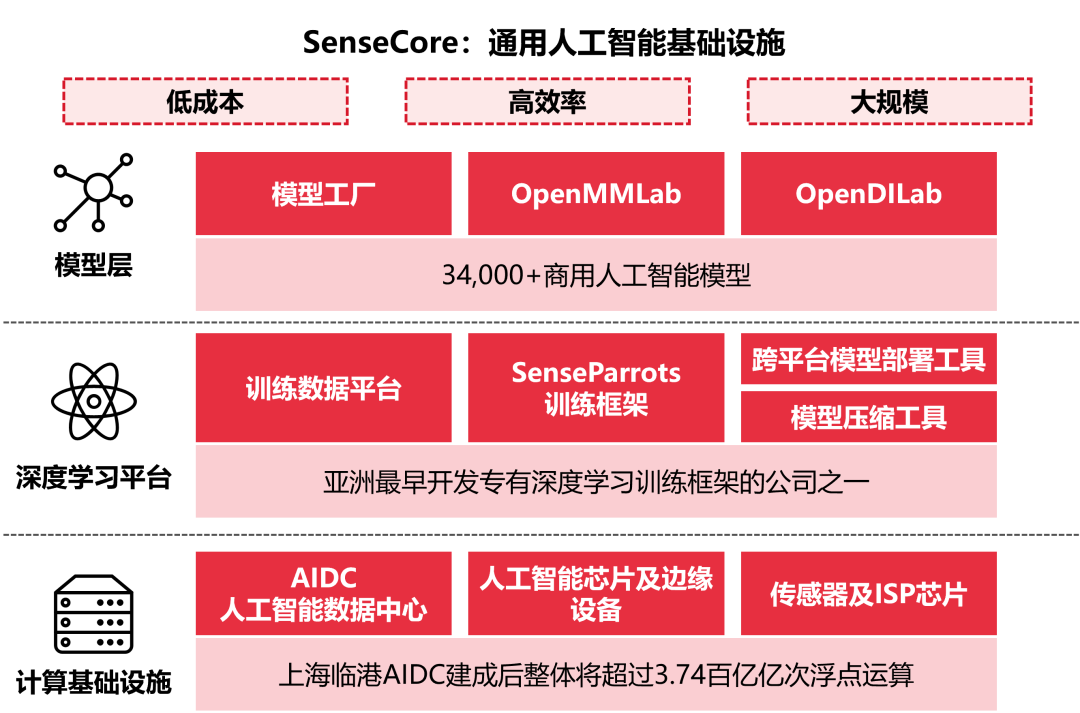The 1st China Computational Power Conference (CCPC), co-sponsored by the Ministry of Industry and Information Technology and the Shandong Provincial Government, will be officially held at the end of July. It is a grand event to promote the development of computing power infrastructure and the digital transformation of computing power and various industries. Relevant authoritative leaders and experts from competent authorities, research institutions, and enterprises were invited to participate in the expert symposium of CCPC in order to provide advice and guidance for the upcoming CCPC. Mr. Liu Liang, Strategy Research Director at SenseTime Intelligent Industry Research Institute attended the symposium on invitation and shared a speech themed AI Computing Power Ecology for Joint Creation and Mutual Win.

Mr. Liu Liang believed that exploration of the development trend of intelligent computing could be started from the fierce competition between China and the United States on the AI racetrack. He clearly identified AI infrastructure as the key factor leading the AI development tide, and analyzed the development prospect of AI infrastructure and how to solve the challenges in front of the AI deployed by enterprise customers.
The major viewpoints shared by Mr. Liu Liang are listed as follows:
1. China and the United States fiercely compete against each other on the AI racetrack.

In GDP, the United States is 1.4 times as high as China; in software scale, the United States is 14.2 times as great as China. When it comes to AI scale, the United States is 1.6 times larger than China, and this figure indicates a relatively small gap and looks very close to the ratio of the GDP difference between the two countries. Based on the above three sets of data, it can be seen that China has very strong competitive strength and future development potential on the AI racetrack, which is also the evident characteristic of the current AI development tide.
2. The high-speed development of the industry fuels the maturity of the AI industry spectrum.
The rapid AI industry development drives a large b number of AI-centered market entities and segmentation needs, and thus fuels the diversified industry spectrum: AI industry solutions gradually empower various industries, the agility and intelligence of general AI technologies is continuously improved, the feasibility to transform general technologies to dedicated solutions is ensured, and the development path of AI top governance becomes clearer and clearer.
Empowering and innovative AI industry application solutions.
Intelligent applications are embedded into packaged and ready-made AI solutions to efficiently solve specific problems of business users; or industry-specific algorithm models are provided to enterprise users to minimize their implementation and deployment difficulties in experiments and data exploration.
Agile and progressing general AI technologies.
The development of general AI technologies includes computer vision, voice semantics, machine learning, knowledge graph, and continuously improved “toolbox”.
Powerful and ubiquitous AI infrastructures.
These include: bases transforming general technologies into specific business applications, such as AI chips; integrated networks, storages or containerized systems required by intelligent computing clusters; basic data services for data resource production and governance, such as data acquisition and annotation; and model development platforms, such as deep learning framework.
Potent and perfecting AI top governance.
This involves: the governance and responsible use of technologies and solutions, such as AI ethics and trusted AI; and security technologies in line with relevant laws and regulations, such as federal learning and privacy computing.
3. More than computing power - powerful and ubiquitous AI infrastructure are leading the current AI development tide
As the support of intelligent transformation, the incremental value of innovations brought by AI infrastructures is remarkable. Their industrialization progress has gradually evolved from the empowering stage featured by AI technology and typical application scenarios in various industries to the mature stage featured by efficient and industrialized production. AI infrastructures have become the key drivers of this round of AI development tide.
Industry empowerment
Take emerging fields such as autonomous driving, digital transformation of industrial enterprises, and metaverse for example, demands for large-scale AI infrastructures will appear in some industries first, and demands to apply and implement AI infrastructures will also gradually emerge in more potential industries.
Technical support
Large models needs a large computing power to support their training, and also require the intelligence level improvement of tools such as semi-automatic data annotation, automatic model deployment, adaptive update, and intelligent operation and maintenance of AI data centers. Heavy demands for algorithms, computing power, and data have boosted the development of AI infrastructures, and in turn, the continuous layout of AI infrastructures also acts on the improvement of various technologies.
Large-scale implementation
In most cases, enterprises use one-time point-to-point solutions to unleash the value of AI, but the engineering capabilities inside the enterprises are too insufficient to support the large-scale implementation of AI.
The IDC survey shows that enterprise customers are facing clear challenges and gaps in the deployment and application of AI, mainly including insufficient AI development capacity, insufficient talents, insufficient overall AI, weak AI model generalization capability due to insufficient data, high costs, unclear ROI, and computing power bottlenecks.

Mr. Liu Liang introduced the unique advantages of SenseCore, including: SenseTime AIDC, the largest AI computing center in Asia; OpenXLab, the open-source system with open algorithms and data; AI native infrastructures optimizing the efficiency of cluster utilization and model training; home-made integration solutions with Chinese chip adaptation as the core; and the actual implementation experience in multiple industries and scenarios.
Based on various advantages, SenseCore, in addition to meeting industrial development needs and technical support demands, also helps enterprises solve the pain points of large-scale AI implementation from multiple perspectives:
Computing support: Through the basic system, it provides algorithm operation with support including computing power, storage capacity, and communication capacity.
Data supply: Through the data platform, it provides algorithm R&D and model training with data by secure and compliant means (such as acquisition, annotation, crawling, and retrieval).
Performance optimization: It provides various technical frameworks and middlewares to make algorithms run faster and overcome internal performance bottlenecks.
Efficiency improvement: Through the whole chain of tools and services from data and training to deployment, it improves the efficiency of algorithm R&D and model production.

At the end of the symposium, Mr. Liu Liang shared SenseTime’s business experience in the four fields of smart business, smart city, smart life, and smart vehicle, and emphasized that: computing power, as an infrastructure, is just like an urban highway, and how to use it after its building is a more critical issue; SenseTime has practical implementation experience in multiple industries and scenarios, and can provide suggestions and practice for enterprises’ intelligent transformation.